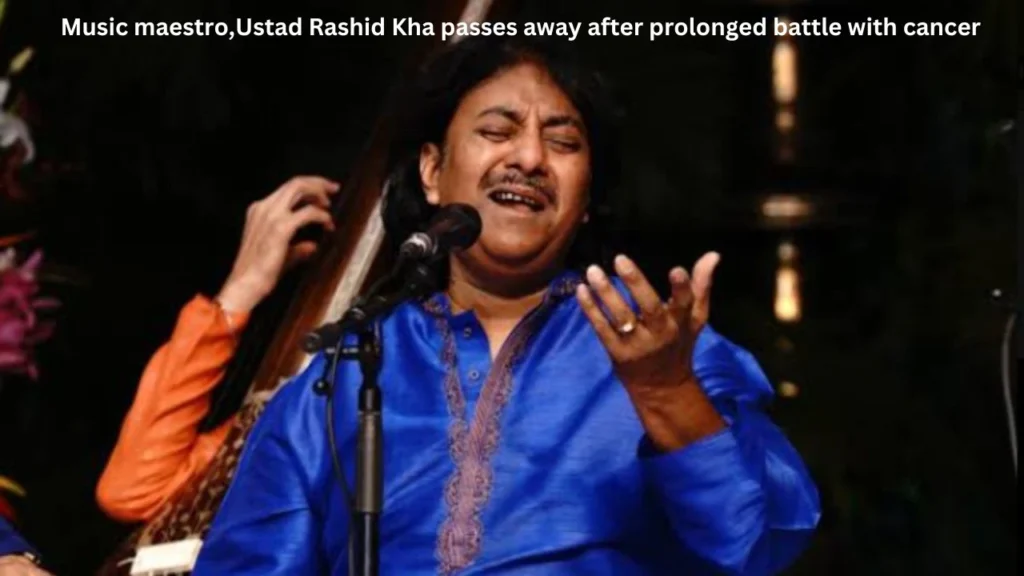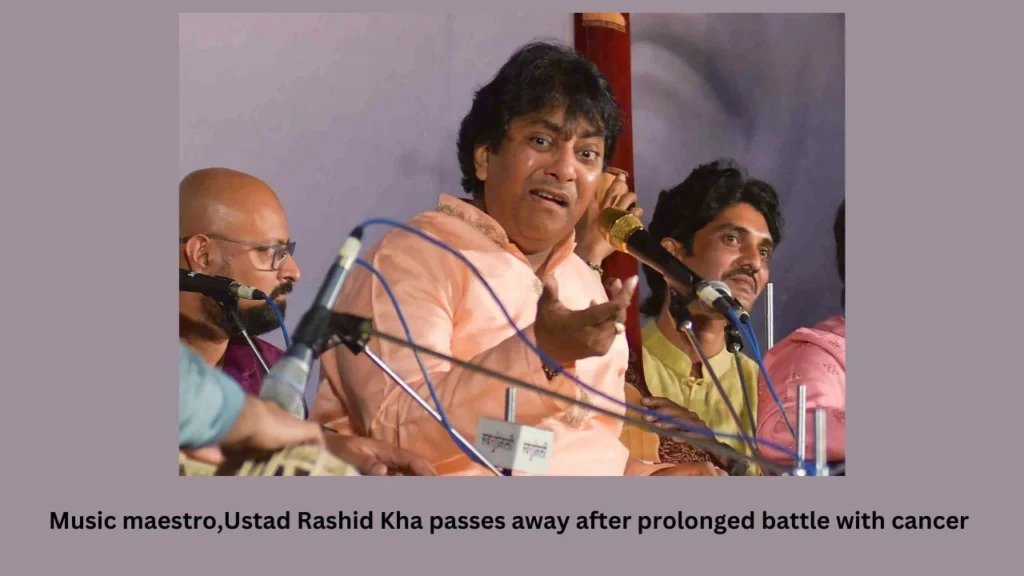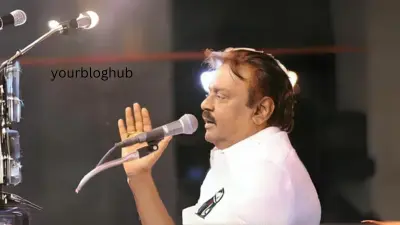Music master Ustad Rashid Khan passed away on Tuesday, January 9. He was allegedly admitted at a hospital in Kolkata and was battling prostate cancer for a long time. He was 55.“We tried our best but failed. He passed away at around 3:45 PM,” an official of the hospital where Khan was admitted told Hindustan Times.
West Bengal Chief Minister mourned the loss of Rashid Khan and said, “This is a great loss for the entire country and the entire music fraternity. I am in a lot of pain as I still can’t believe that Rashid Khan is no more.” She further shared that Khan will be given a gun salute and state honours before his last rites on Wednesday. “His body will be kept at a mortuary today. It will be taken to Rabindra Sadan on Wednesday where his fans can pay him last respects,” the Chief Minister added.

Bengal Chief Minister Mamata Banerjee expressed her sorrow on Rashid Khan’s passing, saying, “This is a great loss for the entire country and the entire music fraternity.” I am in great pain because I still find it hard to comprehend Rashid Khan’s passing.”
The musician suffered a cerebrovascular accident last month, which resulted in a decline in his health. The Rampur-Sahaswan Gharana resident, 55, first sought care at Tata Memorial Cancer Hospital. At a later date, nevertheless, he decided to receive his therapy just in Kolkata. Sources claim that Khan was initially reacting favourably to the treatment.
Badayun Rashid Khan, born in Uttar Pradesh and nephew of Ustad Ghulam Mustafa Khan, was trained initially by his maternal grand-uncle, Ustad Nissar Hussain Khan (1909–1993).
His uncle Ghulam Mustafa Khan, who gave him his first lessons in Mumbai, was the one who first noticed his musical abilities. On the other hand, Nissar Hussain Khan provided the main instruction, first at his Badayun home.
Rashid Khan had his theatrical debut at the age of eleven, and the following year, 1978, he performed in an ITC event in Delhi. After this, in April 1980, Rashid Khan, then 14 years old, enrolled in the ITC Sangeet Research Academy (SRA) in Calcutta upon Nissar Hussain Khan’s transfer.
Khan experimented with fusing lighter musical styles with classical Hindustani music and performed in performances alongside Western instrumentalist Louis Banks. He also demonstrated his versatility by taking part in jugalbandis, where he performed on stage alongside other musicians and sitarist Shahid Parvez.

About Rashid Khan
born in Uttar Pradesh’s Badayun. Ustad Nissar Hussain Khan (1909–1993), his maternal grand-uncle, provided him with his first instruction.He is a Mian Tansen, the thirty-first generation. At the age of eleven, Rashid Khan performed at his debut concert the following year, in 1978. At the age of ten, Nissar Hussain Khan arrived in Kolkata when he moved there with his grandfather in April 1980. At the age of 14, Rashid Khan also enrolled in the academy. He was officially recognised as a musician at the academy by 1994.
With its medium-slow tempos, full-throated voice, and complex rhythmic play, the Gwalior gharana and the Rampur-Sahaswan gayaki (form of singing) are closely related.
Rashid Khan has also gained extraordinary proficiency in the use of sargams and sargam taankari (play on the scale), and he incorporates the slow elaboration of his vilambit khayals in the style of his maternal grand-uncle.
He is influenced by Bhimsen Joshi and Amir Khan’s styles. Like his instructor, he is also a master of the tarana, but he sings them in a different way, favouring the khayal style over the instrumental stroke-based technique that made Nissar Hussain renowned.
The tone of the instrument is not mimicked. The emotional undertones in his melodic elaboration make his renditions particularly noteworthy. As he puts it: “The emotional content may be expressed in the lyrics or in the alaap, sometimes while singing the bandish.” Compared to the earlier maestros, who tended to concentrate more emphasis on remarkable skill and deft execution of challenging parts, this gives his style a hint of modernism.



